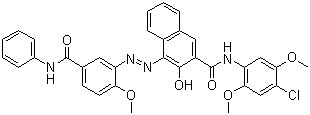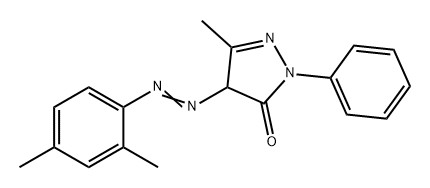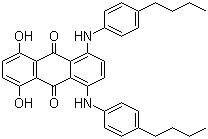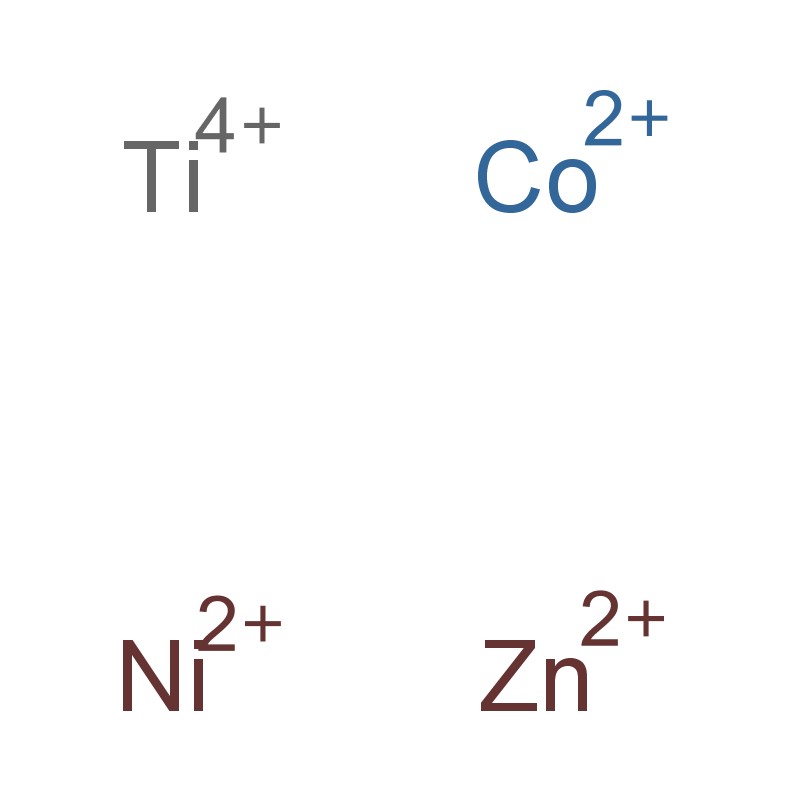Pigment Blue 27 CAS 12240-15-2
| Safety Description | S22 – Do not breathe dust. S24/25 – Avoid contact with skin and eyes. |
| WGK Germany | 3 |
Introduction
It is difficult to fade, originally invented by the Germans, so it is called Prussian Blue! Prussian blue K[Fe Ⅱ(CN)6Fe Ⅲ] (Ⅱ means Fe2 ,Ⅲ means Fe3) Prussian blue Prussian blue is a non-toxic pigment. Thallium can replace potassium on Prussian blue and form insoluble substances to be excreted with feces. It has a certain effect on the treatment of oral acute and chronic thallium poisoning.
Write your message here and send it to us








